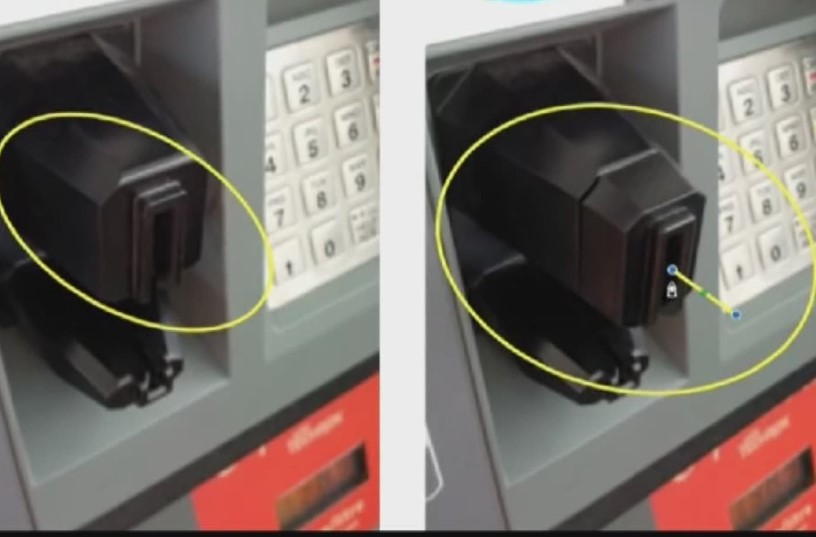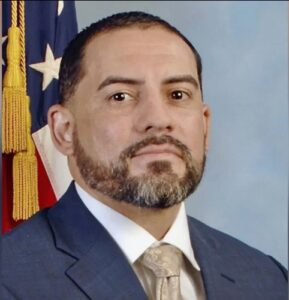Secret Service: FL Card Skimming Investigation

By U.S. Department of Homeland Security
The U.S. Secret Service, in conjunction with multiple state and local law enforcement partners in three major cities within Florida, conducted a payment card skimming and Electronic Benefit Transfer (EBT) fraud outreach operation on June 20.
Law enforcement personnel from the Orlando Police Department, Tampa Police Department, Orange County and Seminole County Sheriff’s Offices, Hillsborough, Pinellas, and Pasco County Sheriff’s Offices, the Jacksonville Sheriff’s Office, and the Florida Department of Agriculture and Consumer Services (FDACS) visited more than 472 businesses to inspect for, and remove, illegal skimming devices from ATMs, gas pumps and point-of-sale terminals. In total, 13 skimming devices were recovered during the operation preventing an estimated potential loss of $1.3 million. Overall, more than 3,500 point-of-sale terminals, gas pumps and ATMs were inspected.
The teams also distributed educational materials about EBT fraud and skimming to local businesses to help them better identify the warning signs of illegal skimming devices in their point-of-sale terminals, gas pumps and ATMs. Criminal groups target EBT information specifically because many states utilize magnetic strip technology rather than the newer chip technology which is much harder to steal.
This is the first time an outreach operation such as this has been conducted in the state of Florida by the U.S. Secret Service and may be used as a model for other cities around the country where EBT fraud and skimming is prevalent.
EBT information and other payment card numbers are stolen by installing an illegal skimming device that criminals use to capture card information from and then encode the stolen data onto another card with a magnetic strip, such as a gift card or hotel key. It is estimated that skimming costs consumers and financial institutions more than $1 billion each year.
Law enforcement agencies have seen a nationwide increase in skimming over the past 18 months, particularly targeting EBT cards. EBT fraud targets the nation’s most vulnerable communities. Each month, money is deposited into government assistance accounts intended to help families pay for food and other basic items. This enables criminals who steal card information to time their fraudulent withdrawals and purchases around the state government’s monthly deposits.
There are several precautions consumers can take to protect themselves:
- Inspect ATMs, point-of-sale terminals, and other card readers before using. Look for anything loose, crooked, damaged, or scratched. Don’t use a card reader if you notice anything unusual.
- If you use a debit card at a gas station, run it as a credit card instead of entering a PIN. That way, the PIN is safe, and the money isn’t deducted immediately from your account. If that’s not an option, cover they keypad with your hand when entering your PIN. Scammers sometimes use tiny pinhole cameras, situated above the keypad area, to record PIN entries. Use ATMs in a well-lit, indoor location, which are less vulnerable targets.
- Be alert for skimming devices in tourist areas, which are popular targets.
- Utilize debit and credit cards with chip technology. In the U.S., there are fewer devices that steal chip data versus magnetic strip data.
The Secret Service is committed to safeguarding the Nation’s financial infrastructure from cyber-enabled crimes. Please join us in this fight, to detect; investigate and prosecute those that seek to exploit our citizens, businesses and communities. To learn more about the Secret Service, please visit us
This article was republished with permission from the U.S. Secret Service / Homeland Security. Information published on their websites are part of “Public Domain.” However, any logos and possible copyrights belong to those government agencies exclusively. To read a fuller version of this article refer to the Secret Service Website at: https://www.secretservice.gov/ or contact the U.S. Secret Service Office of Communication and Media Relations.



